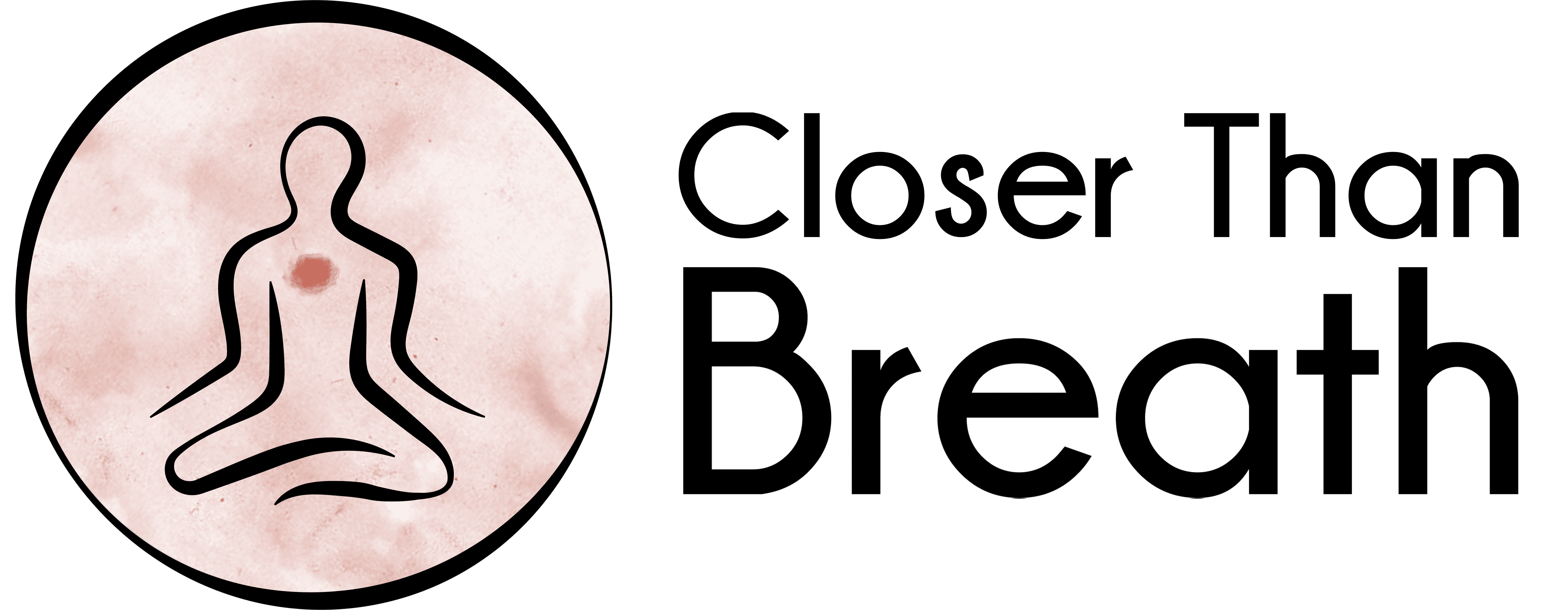Deep prayer is the laying aside of thoughts. It is the opening of mind and heart, body and feelings—our whole being—to God, the Ultimate Mystery, beyond words, thoughts, and emotions.
Thomas Keating
I consider myself lucky to have stumbled into contemplation, for it was an accident. Midway through college, over ten years ago, I began my earliest attempts at this prayerful meditation practice. And it was admittedly a lonely road at an evangelical college.
I can recall being alone in my dorm room, trying to sink into silence in a building with a few hundred college kids. I remember leaving our evangelical worship services where students gathered en masse on Sunday evenings, only to return to my room to pray in silence, alone. Spirituality became very lonely.
I suppose what brought me through was the Communion of the Saints. Thomas Keating became my loving grandfather, always one book away. Saint Teresa of Avila became my wise old aunt, and Meister Eckhart my wild-card-cousin always throwing me a curve ball and forcing me to bend-my-mind.
These saints and sages became my spiritual family, and over the years, my reading and study expanded from evangelicals like Oswald Chambers, into the deep contemplatives like Father Keating, Cynthia Bougeault, Bernadette Roberts, and Ramana Maharshi. And my spiritual family continues to get larger, more and more inclusive with less and less boundaries.

Centering Prayer became a way for me to open to God beyond my limited evangelical upbringing. Today, Centering Prayer allows me to open to the Loving Mystery of God even beyond my Christian roots.
These days, as I walk through my neighborhood, I pass by two Buddhist Temples, two small Mosques, a Jehovah Witness’ church, a Burmese Mennonite Church, many Catholic and Protestant churches, some shut down, others flourishing.
In urban centers around the world, religions are bumping up against one another, and my hope is that the bump and rub does not cause disdain, but polishes each of the great Traditions to a brighter sheen.
Part of this bump and rub is a great awakening to “interspirituality,” the recognition that each of the great religious traditions holds a piece of the puzzle and particular tools for transformation that the whole human family can share as spiritual resources. Centering Prayer is one of these great resources of the Christian faith, which Thomas Keating sought to share with the Church and beyond.
The Meaning of Non-Conceptual
One of the more profound teachings of Thomas Keating is that Centering Prayer is a “non-conceptual practice.” I think most people read these words and glance over them fairly quickly. But to do so, I believe, results in missing the radical inclusivity of the practice. Being “non-conceptual” means that just about anyone can practice Centering Prayer, regardless of one’s faith tradition.
In the weekly Centering Prayer group I have led for the last seven years, it has been my joy to find conservatives and progressives, Evangelicals, Catholics, Episcopalians, and fundamentalists gathered in union to open to the mystery of God. It has also been my joy to welcome practitioners of Buddhism, spiritual seekers, and in particular, two close friends of the Jewish faith.
But how does such a diverse group of people come together in union when there are so many distinctions and differences of thought and mind? Because Centering Prayer is “non-conceptual”, during our twenty minute silent sit, we don’t cling to our cherished concepts and beliefs about God, but rather sink into the naked and immediate heart of God as the Ultimate Mystery, always just outside the reach of the mind’s grasp.
Just like one does not need to be Hindu to practice yoga or a Buddhist to practice mindfulness, one does not need to be a Christian in order to practice Centering Prayer. All that is required is the openness and willingness to hold the intention to “consent to the presence and action of God within.”
And during this consent, we do not rest in our ideas about God, but God in God’s Self.
Centering Prayer, not based on concept but on consent and intention, carries us beyond any of the sacred ideas we hold of God, whether it be a thought, an image, or a favorite name of the Divine. Being a non-conceptual practice means that we don’t need to bring theological baggage into the practice.
In silence (what Keating called the “universal language of God,”) we have a non-conceptual openness to God. In group settings, we don’t argue about the mental or conceptual level of our practice, and therefore, there is a deep unity that transcends the mental images and understandings of God that so often divide us.
And this is precisely what makes Centering Prayer so radically inclusive. It’s a tool, born of the Christian tradition, but accessible to anyone willing to open to the Divine and consent to the presence and action within. In this way, the silence and non-conceptual nature of the practice allows us to transcend not only the self-made-self but also the self-made-God of our minds.
Tradition, the Pool; God, the Water

This does not mean that we throw away all of our concepts of God. The theology and concepts that we hold are like the sides of a pool, holding water within. When we jump into the waters of contemplation, into the deep resting presence of God within, we leave the pool walls behind and swim in the formless (non-conceptual), love of God. This love, God, is never bound or limited by any walls, for how can the Infinite be bound by the finite?
The walls of our particular pools may be quite different. Your walls may be your Catholic theology. The walls of my pool are my Quaker spirituality, and for others, it may be their Jewish worldview and perspective. The important thing to note is that although the pools may differ, it is the same Living Water that is present within them.The walls of religion, when healthy, hold the love of God. They are the concepts and forms that give shape and hold space for us to open to the Divine within us. But the walls are not the living water themselves.
Of Centering Prayer, Basil Pennington writes “It takes us to the open space where the original experience of God took place. It takes us to the ground of being, the Source of all being. In this regard, it answers to the deepest aspirations of all religious persons, whatever their tradition, whatever was the first experience out of which grew their particular expression of faith.”
Pennington is clear, Centering Prayer is a return to the immediateness of God, prior to applying mental labels and concepts to the experience. Centering Prayer is a return to the experience of God, before we call God “God.” In this way, it is a practice for anyone with the spiritual desire to open to the Absolute and what is most Ultimate.
An Inclusive and Interspiritual Future
My hope for the Contemplative Outreach community is that we deepen the collective understanding of Centering Prayer’s non-conceptual nature and open the practice to those outside the church. In doing so, we will be better equipped to stay true to the interspiritual legacy of Thomas Keating by creating more and more opportunities to share the gift of contemplative prayer and Centering Prayer to practitioner’s of all faiths and religious backgrounds.


love this. i meet frequently with Dean Stellow and other members of his Reorient.
CP helped me get to know me and to be less angry at God…although we still wrestle daily 🙂